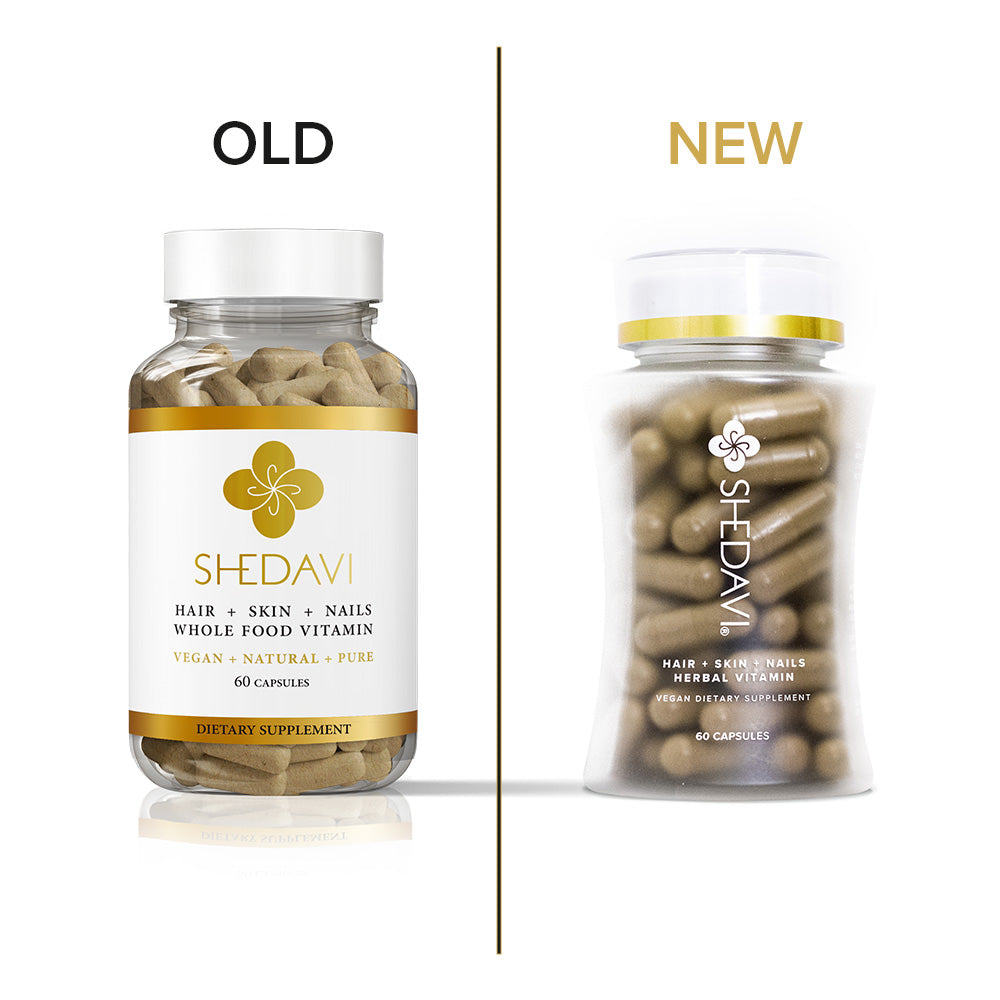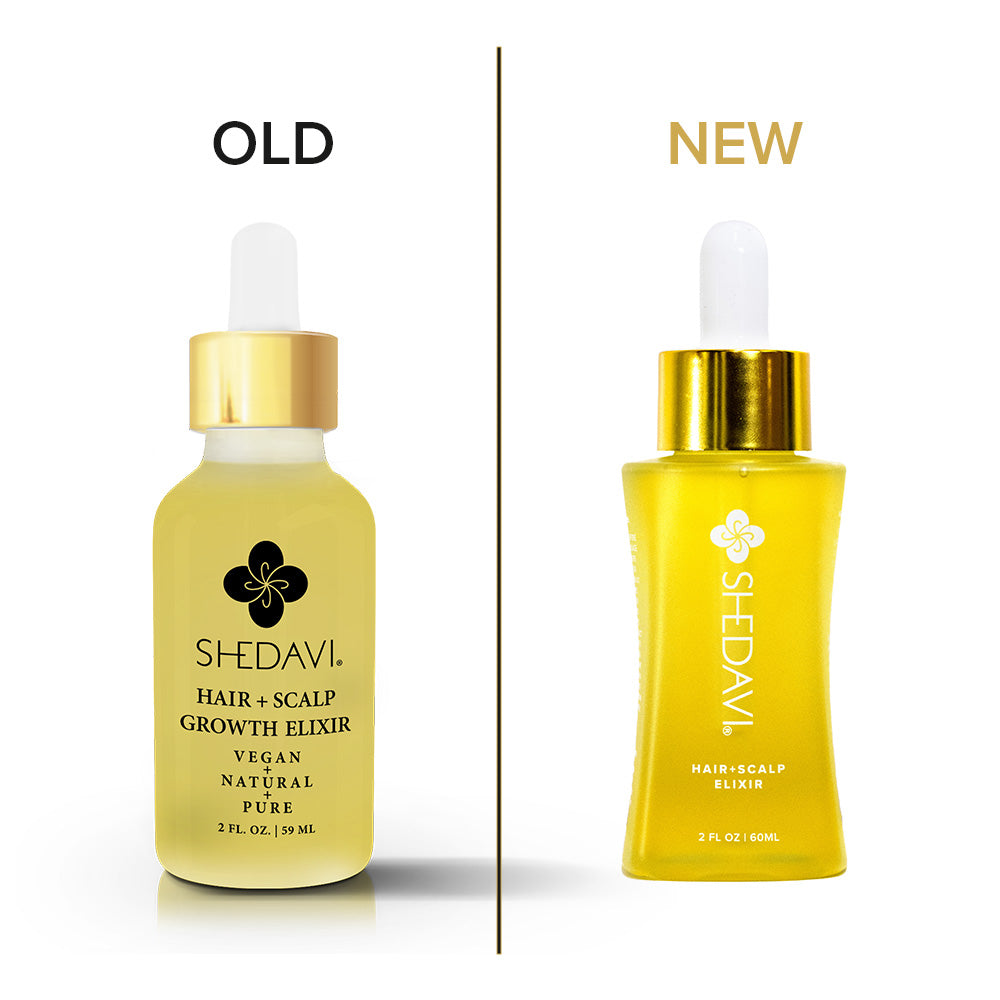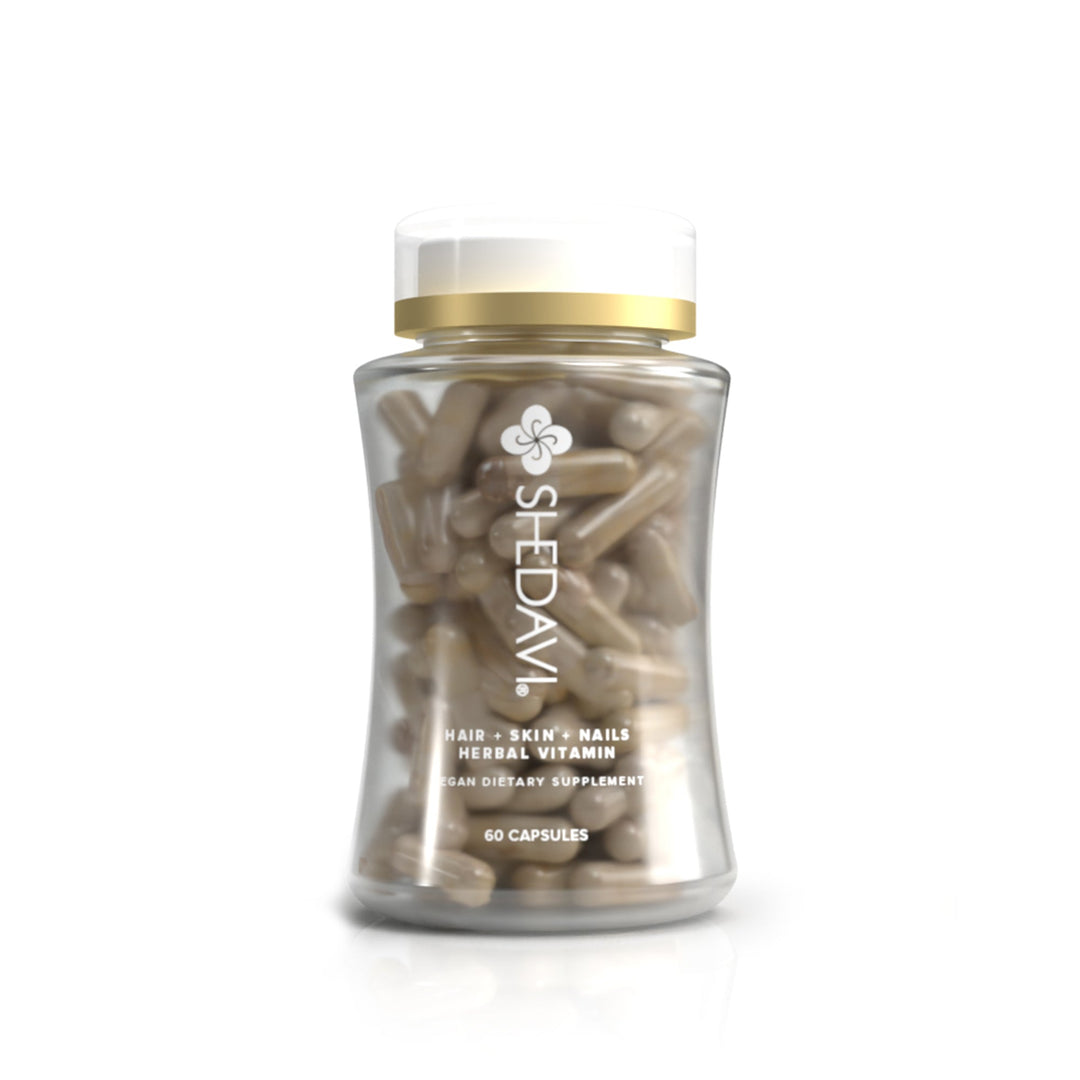The Complete Guide to Traction Alopecia
Traction alopecia is more common than many people realize—and while it can be frustrating and even emotional to experience, the good news is that there are practical steps you can take to protect your hair, support regrowth, and restore your confidence. This guide is your go-to resource for understanding traction alopecia from every angle: what it is, what causes it, how to spot the signs early, and what you can do to encourage recovery.
What is Traction Alopecia?
Traction alopecia is a type of hair loss that happens when hair is pulled too tightly, too often. Unlike other forms of hair loss linked to genetics, hormones, or health conditions, traction alopecia is directly caused by styling practices. Over time, repeated pulling and tension can weaken the hair shaft, irritate the scalp, and eventually damage hair follicles. Once a follicle is severely damaged, it may stop growing hair altogether.
While traction alopecia can affect anyone, it is especially common among women with textured hair who frequently wear braids, weaves, extensions, or tight ponytails.
Symptoms of Traction Alopecia
Recognizing the signs early makes a huge difference in reversing or preventing further hair loss. Symptoms include:
-
Thinning hair along the hairline, temples, or crown
-
Small bumps, redness, or soreness on the scalp
-
Broken hairs near areas of tension
-
Scalp tenderness or itching
-
In advanced cases, smooth patches where hair no longer grows
If you’re noticing any of these signs, it may be time to adjust your styling habits.

Is Traction Alopecia Permanent?
The good news: traction alopecia isn’t always permanent. If caught early, hair follicles can recover once the tension is removed and the scalp is given time to heal. In some cases, new hair growth may look slightly different in texture or thickness—but regrowth is still possible. However, if the pulling continues for years, permanent follicle damage and bald patches can occur.
Causes & Risk Factors
Some of the most common contributors include:
-
Tight hairstyles – braids, buns, ponytails, weaves, or extensions worn repeatedly
-
Frequent use of wigs or hairpieces attached with clips or adhesive
-
Chemical treatments such as relaxers or harsh dyes that weaken hair shafts
-
Constant brushing or friction from tight headbands, scarves, or helmets
How to Prevent and Treat Traction Alopecia
1. Change Up Your Hairstyles
-
Wear your hair down or in loose protective styles.
-
If you do braid or twist, use as little extension hair as possible so that they are lightweight. Also, keep them larger and avoid leaving them in for more than 4 weeks.
-
If you wear wigs, take them off nightly to avoid prolonged tension and give your follicles a break.
-
For sew-ins, use nylon thread and make sure the braids and thread isn't tight.
-
Rotate styles to give certain areas of your scalp a break.
2. Be Gentle With Your Hair
-
Use a wide-tooth comb or soft boar bristle brush.
-
Avoid tugging, harsh brushing, or pulling hair back tightly.
3. Avoid Chemical Stressors
-
Take a break from relaxers, perms, and harsh dyes.
-
Opt for temporary or natural color alternatives when possible.
4. Care for Your Scalp
-
Massage your scalp with nourishing oils to stimulate blood flow and soothe irritation. Shedavi’s Iconic Hair & Scalp Growth Elixir Oil is a great natural option to support a healthy environment for growth.
-
Be consistent: massaging every other day can make a noticeable difference over time.
5. Nourish From Within
-
Eat a protein-rich diet with foods like fish, eggs, nuts, and legumes to fuel hair growth.
-
Consider adding a high-quality hair vitamin to your routine. Shedavi’s Iconic Hair, Skin & Nail Vitamin is formulated to help support healthy hair from the inside out.
6. Give Your Hair Time to Heal
-
Build in “rest periods” between protective styles of at least a week.
-
Sleep on a silk or satin pillowcase to reduce friction.
7. Explore Medical Options When Needed
-
Topical antibiotics (if scalp irritation or infection is present).
-
Corticosteroid creams (under medical supervision) for inflammation.
-
Hair transplants, in severe cases where follicles are permanently damaged.
Lifestyle & Self-Care Tips
-
Stay patient – regrowth can take several months.
-
Be consistent – healthy routines add up over time.
-
Manage stress – chronic stress can affect overall hair health.
-
Hydrate – water plays a role in keeping both scalp and strands healthy.
Shedavi Support for Your Hair Journey
While there’s no overnight cure for traction alopecia, a thoughtful hair care routine can make all the difference. Shedavi offers plant-based, scientifically sound, and ethically sourced products that support scalp health and strong, nourished hair:
-
Iconic Hair & Scalp Growth Oil – A nourishing blend of natural oils to condition the scalp and help create an optimal environment for growth.
-
Iconic Hair Vitamin – Supports your hair wellness from the inside with key nutrients.
-
Iconic Duo (Oil + Vitamin) – A powerful inside-and-out approach for long-term hair health.
Frequently Asked Questions
How long does it take to see regrowth?
With consistent care, some people notice new growth in a few months. Others may take longer depending on the extent of follicle damage.
Can traction alopecia be completely reversed?
If caught early, yes. But in long-term or severe cases, some hair loss may be permanent.
What hairstyles are safest?
Loose braids, twists, buns, wash-and-go styles, or simply wearing your hair down.
Do I need to see a doctor?
If you notice scalp swelling, pain, or significant hair loss, it’s wise to consult your physician or a dermatologist.
Final Thoughts
Traction alopecia can feel overwhelming, but with the right approach, it’s possible to stop further damage and encourage healthier hair over time. By treating your scalp gently, nourishing your body, and being mindful of your styling choices, you can take real steps toward regrowth and prevention. And with supportive products like Shedavi’s Hair & Scalp Growth Oil, Hair Vitamin, and Iconic Duo, you can give your hair and scalp the care they deserve.



 5min Read
5min Read











Leave a comment